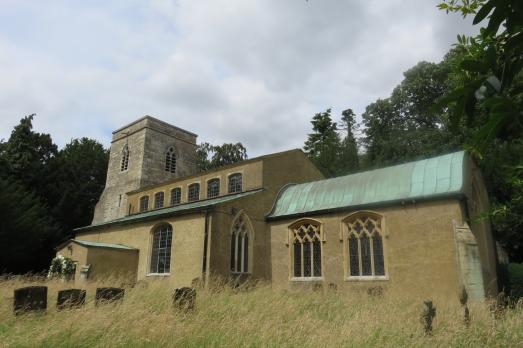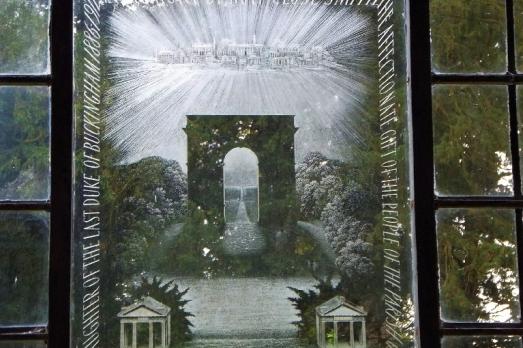More than 800 years old and situated in the midst of the Stowe Estate, to the south west of the house, it is intentionally hidden by evergreens planted by Lord Cobham to conceal the church and is all that is left of the medieval village from the mansion.
The earliest parts of the church building date from 1270, when the present nave and chancel were built. The north aisle was built in the late 13th century and the west tower, chancel and south aisle are all 14th century. At the end of the 15th century the clerestory was constructed and the south porch added. The Penyston chapel was built in the first half of the 16th century.
The church’s relationship with the owners of Stowe has been sporadic. In the 18th century Lord Cobham had grand ideas for the estate. He ignored a published plea to ‘deign God's house to beautifie’ and gave no assistance to the church's upkeep.
Starting at Stowe as under gardener Lancelot ‘Capability’ Brown rose through the ranks. He sculpted a large Grecian Valley with views out to parkland and monumentally large temples sitting atop high points. He moved the vicarage to allow him to extend the garden and planted the trees that so effectively hide the church from house or gardens. But, Stowe was also Brown’s home for 10 years and witnessed many life events; he married at the church and started a family, three children were baptised at the church.
Some work was carried out at the end of the 18th century, when the building was classicised by removing pinnacles and battlements, changing the roof lead to copper and adding stucco-work to the ceilings. Briefly, the owners of the estate showed interest, when the Marquess paid for the restoration and his son, the first Duke, gave an organ.
The second Duke, was less interested and was even said to have plundered family tombs for jewellery to sell, but the third Duke and his daughter Lady Kinloss rebuilt the third stage of the tower and restored the whole building in the 19th century.
The church is light and airy, thanks to the largely plain glazing, with the exception of the east and south windows of the chancel. Both these contain glass presented by Lady Kinloss, commemorating her parents and her eldest son, who was killed in the earliest days of the Great War.






